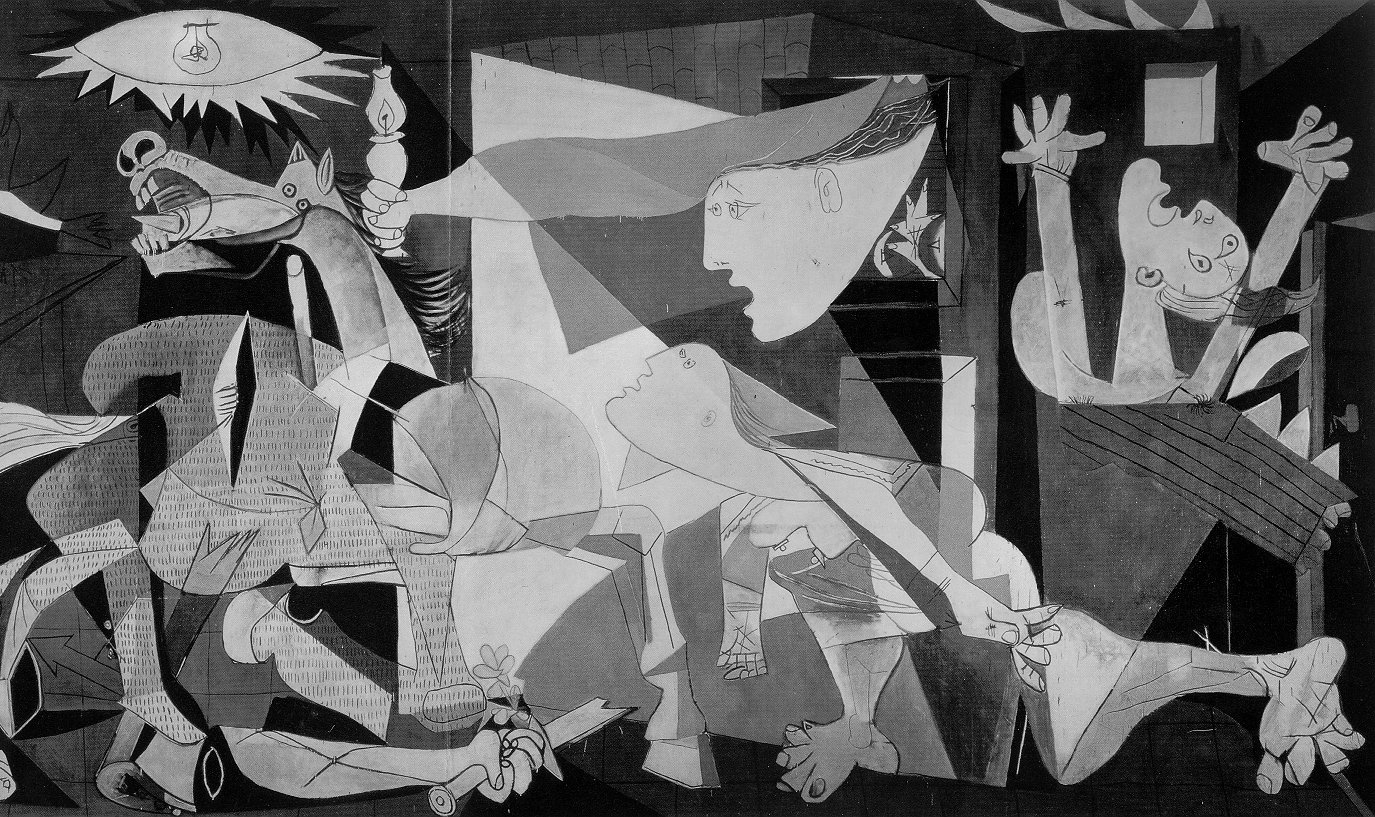
Section of Guernica by Pablo Picasso (1937) | Photo courtesy of Mark Berry via Flickr
By Thornton May
Futurist, Senior Advisor with GP, Executive Director & Dean - IT Leadership Academy
Adam Smith’s “division of labor” is one of the earliest and most important innovations in early capitalism. By dividing the manufacture of pins into eighteen distinct tasks [essentially creating a pin factory] a capitalist could increase productivity 240 times. The early industrial age manifestation of this concept was to divide those who think [i.e., plan] and those who do. Over time “thinkers” [i.e., managers] began to extract ever increasing percentages of the productivity gains. In some circles the value of “doing” [i.e., action] became an afterthought.
In 2014 I set up the hypothesis that “every organization, every executive, every individual and now with the Internet of Things [IoT], every object is on a digital journey.” Working with the CIO communities at the Olin Innovation Lab, the Ohio State University, the University of Kentucky and the Value Studio we determined that ~ 57% of the survey population had articulated a “digital endpoint”. They know where they are heading. The “thinkers” had thought. However knowing is not enough. Having an end point is an important first step. Crafting a portfolio of actions that gets you there is critically important as well.
I have used the various media platforms available to me to repeatedly argue [see: http://goo.gl/N8GS9 ; http://goo.gl/En3bgV ; http://goo.gl/bxrb30] that futurists and strategic planners need to lessen their obsession with the fetish objects which are “predictions” and “trends” and focus more on the current period behaviors [i.e., actions] that make reaching the stated digital end point possible.
We futurists love using lessons from history. The Spanish Civil War is a lesson-rich period which has all but disappeared from the collective memory of society. In that conflict [17 July 1936 – 1 April 1939: 2 years, 8 months, 2 weeks and 1 day] the archetypal thinkers [i.e., the artistic community] mobilized to make sure that the world knew about the horrors of modern warfare.
One of those powerful works was Weeping Woman [1937]. Perhaps the most famous was Guernica.
Despite such powerful visual calls to action, the action that resulted was too little too late.
Business scholars frequently parse leaders into two camps – transformational leaders [big vision/advocates of bold change] and transactional leaders [leaders more focused on keeping the train on the tracks]. In his excellent new book Presidential Leadership and the Creation of the American Century Kennedy School of Government dean, Joseph S. Nye, Jr. suggests that transformational ideas and rhetoric – as inspiring as they might be – only produce positive consequences if linked to practical tactics.
In 2015, let us hope that we will be able to understand our world [i.e., have knowledge] and be able to act efficaciously to produce positive consequences in that world.
Happy New Year!
42 Berkeley Square
London W1J 5AW, UK
Phone: 44(0)20.7318.0860
Fax: 44(0)20.7318.0862
info@gustinpartners.com